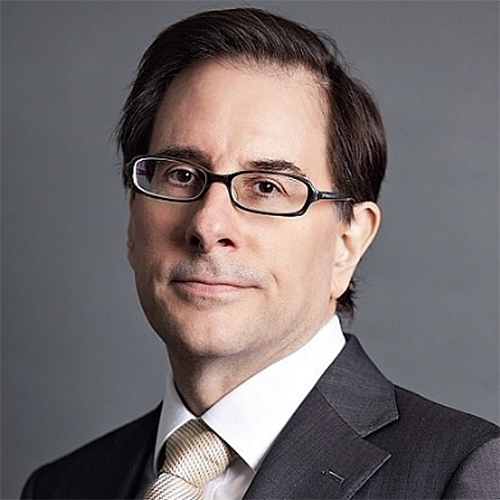Conventional investment wisdom has it that in times of economic stress there is a flight to quality into short-term debt en masse. That should have been the script for primary debt markets in the most stressed economic circumstances of recorded history – due to Covid-19 – but it has not been the case. Ultra-long issuance has flourished. What is the takeaway from this extraordinary imbalance?
Debt with tenor of 30 years and longer – out to 50 years – issued in US dollars by corporates and sovereigns in the global offshore primary market was just over the US$30 billion mark in January, a little under that total in the next month, surged to just under US$60 billion in March and racked up over US$70 billion the following month when lockdowns were imposed across great swathes of the planet.
That heady pace has levelled off, with a relatively sedate US$13 billion printing in ultra-long format in July. But the debt capital markets (DCM) community is expecting long-tenor issuance to resume in the absence of a fundamental change to the factors that got us into the era of the uber-long tenor in the first place.
And that is, the introduction of a regime, whereby investor expectations have been anchored to the extent that moral hazard – that old chestnut the cognisance of which prompted former Treasury secretary Henry “Hank” Paulson to allow Lehman Brothers to go bust one weekend over twelve years ago – is flicked away insouciantly by the financial authorities.
We are in an era that Stanford University’s John Cochrane describes as "2008 on steroids", one in which the concept of systemic risk has been neutered by a Federal Reserve willing to provide vast swathes of liquidity at the first sign of stress via the purchase of bonds, and which is likely to produce sooner rather than later a 150% debt-to-GDP ratio in the United States. That is an inauspicious ratio that has tended in the past only to be equitably resolved – economically speaking – by war.
It means that the US dollar bond market is essentially about one variable, the interest rate (credit risk having been taken care of by the Fed), and if the global quest for yield remains intact, which it does, then it follows that with a positively sloping US Treasury curve, yield will be booked at the longest tenor available.
The life insurance bid is underpinning it all apparently, although fast money is in there as well, enjoying the convexity kicker provided by 50-year coupons and placing a bet that must surely regard negative long-end US Treasury yields as a looming probable contingency.
"There is a deep bid from the insurance sector looking to match liabilities with assets wherein the ongoing quest for yield has not been met with resistance to long duration. Meanwhile, fast money is attracted to the convexity on offer via ultra-long paper for trading purposes in expressing a bullish view on rates,” says Winston Herrera, head of Asia-Pacific DCM at BNP Paribas in Hong Kong.
Maybe ultra-high-net-worth customers are flipping this deluge of ultra-long paper as well, thanks to some judicious funding provided by the notoriously generous private banks – 25% leverage to favoured customers never went away even when Hank was twisting over Lehman.
The ultra-long bandwagon came to Asia in April (after the product proved wildly popular in America in the preceding months) thanks to a multi-tranche trade from Indonesia that saw demand congregate around a 50-year piece that bundled up the Covid-19 rescue story with the eye-popping optics of Asia’s longest tenor in the public offshore markets since 1997.
Flamboyant it may have been, but the deal actually served Indonesia’s quasi-sovereign space well in benchmarking terms, allowing a print in its slipstream from national oil and gas major PLN at 30 years in June.
And whilst Indonesia’s treasurers were probably not intending it, going long probably allowed Thailand’s PTT to mimic their hubris last month with a 50-year print, Asia’s longest corporate trade since 1997. Petronas’s 40-year print from April undoubtedly flew in Indo’s slipstream too.
That the treasurers raising this ultra-long debt have a view that US interest rates will stay low – or indeed go into negative territory – is borne out by the fact that swaps at these tenors are not terribly easy to come by. Indeed, BNP’s Herrera suggests that a large part of the principal of the recently issued long-tenor debt has not been swapped, but left in fixed format.
There will be more ultra-long-tenor issuance – that much seems certain – as the risk-free benchmark curve grinds closer to zero at its long points and those mandated to beat that curve have no choice but to embrace duration.
"The ultra-long tenor issuance we have seen since the onset of Covid-19 has been a function of the decline in US dollar benchmark rates as well as of spread tightening, with the dynamic underpinned by the stated commitment by the Fed not to increase rates for two years,” says Herrera. Quite.
Stanford’s professor Cochrane thinks that it behoves issuers to print at ultra-long duration since he believes a full-blown debt crisis is on the horizon.
He has a point. It’s the failure of short-term debt rollovers in the face of collapsed confidence that are the stuff of debt crises, not redemptions 50-years from now. It’s at the short end where crises emerge, from Asia’s over two decades ago to the commercial paper crisis that preceded the global financial crisis.
Is the recovery last week of the fixed-for-life perp market in Asia, with the first issuance in that format for nine months (from Hong Kong’s Hysan Development) part of that thinking?
Not quite, but it goes into the prevailing duration mania bucket. As they used to say about the property market (it was about location), for fixed income it’s now: “Duration, duration, duration!” And that’s true whatever the grim portents behind this ongoing seemingly unquenchable mania for tenor.









